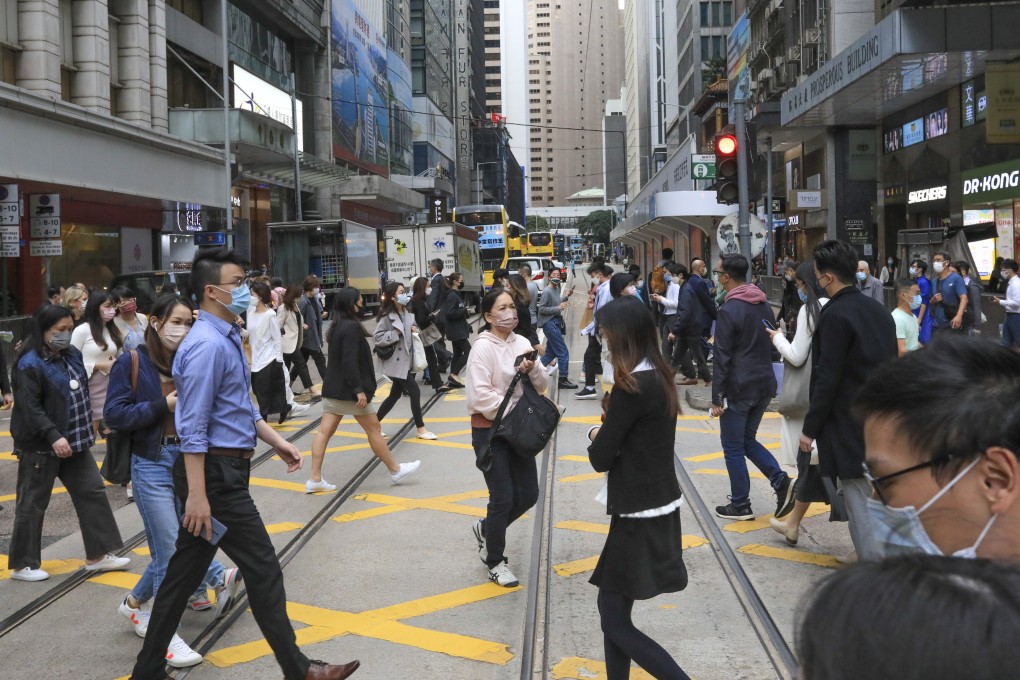Advertisement
Opinion | The ‘15-minute city’ offers climate and people-friendly urban living, but can it work in Hong Kong?
- As cities become ever more sprawling and congested, the idea of being able to live, work, buy goods and enjoy green spaces all within the same walkable area is an enticing one
- The concept is being embraced by cities worldwide, but there are hurdles to implementing it in Hong Kong
Reading Time:3 minutes
Why you can trust SCMP
1

In recent years, a new concept for making urban areas greener and more liveable has emerged: the 15-minute city. It allows city dwellers to access most, if not all, of their daily amenities, including work and school, by taking just a 15-minute walk or bike ride from their home.
The idea has swept across China and cites around the world, including Paris, Barcelona, Milan, Melbourne, Ottawa and Portland. Could it also one day be implemented in Hong Kong?
The C40, a global network of nearly 100 city mayors, have agreed on the core tenets of the 15-minute city. Firstly, residents of every neighbourhood should have easy access to basic goods and services, particularly fresh food and health care.
Advertisement
Second, each neighbourhood will promote community inclusion by offering a variety of public and private housing of different sizes and levels of affordability, to accommodate a range of households.
Third, the concept should also allow people to work remotely from their main offices with the presence of smaller-scale offices and co-working spaces, as well as some spaces for the retail and hospitality sectors.
Advertisement
Finally, each 15-minute zone must offer green spaces for everyone to enjoy.
Advertisement
Select Voice
Choose your listening speed
Get through articles 2x faster
1.25x
250 WPM
Slow
Average
Fast
1.25x
